African Cinema. Looking to the future.
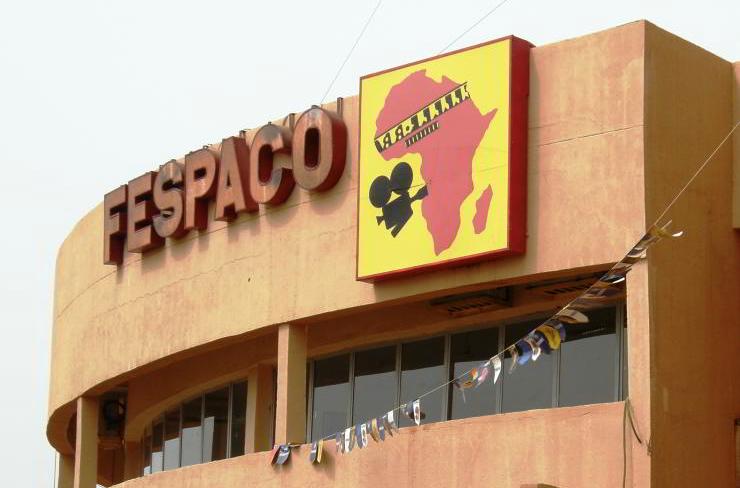
Moving from specialised sections to the international scene. The great variety that exists in the different African filmographies. A look at Senegalese cinematography. We talk about it with Senegalese Fatou Kiné Sène, former president of the African Federation of Film Critics.
Kiné Sène’s interest in cinema began in her childhood. “Every Wednesday, films were shown at my school and after each showing there was a debate,” she recalls. One film in particular left its mark on her: Rue Cases Nègres, by Euzhan Palcy, based on a novel by Joseph Zobel. “It is an initiatory film that talks about black people, but above all about childhood. It enlightened me in many ways,” she says.
One day, years later, her boss asked her to cover a premiere at a cinema in Dakar. “The film was Harry Potter. From then on, I went every Wednesday, the day of the premiere.”
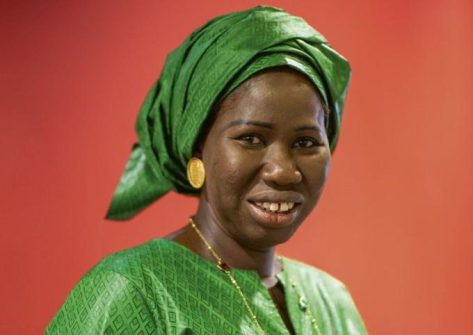
Fatou Kiné Sène, well-known film critic. Photo: Gonzalo Gómez
It was her transition point into film criticism, which culminated in her taking part in a call organised by the African Federation of Film Critics. “I applied and went to my first FESPACO, the Pan-African Film and Television Festival in Ouagadougou (Burkina Faso), which brings together African and diaspora directors every two years,” says the Senegalese, recalling the training she received from Clément Tapsoba, the first president of the aforementioned federation.
Since then, Kiné Sène has published her reviews on the Africine website, has been president of the Senegalese Film Critics Association and has become president of the African Federation of Film Critics. Her work has taken her all over the world, to festivals such as Cannes, the Salé International Women’s Film Festival (Morocco) and the Films Femmes Afrique festival in Dakar (Senegal). She is currently in charge of the culture and society department at the Senegalese Press Agency. “I specialise in African cinema, but as critics, we don’t just watch films from the continent, we want to be open to what is happening elsewhere”.
Get out of the ghetto
One of the Senegalese’s strongest positions is her rejection of the fact that African cinema and literature are often confined to specialised sections at festivals. According to her, this classification “weakens African cinema”, which should be included in festivals in general, so that works are seen as part of the global context. “Having specialised sections is like not having a universal profession,” she says.
“Today, we are witnessing the advance of Asian cinema on the international scene, and we always ask ourselves why African films do not have the same visibility.
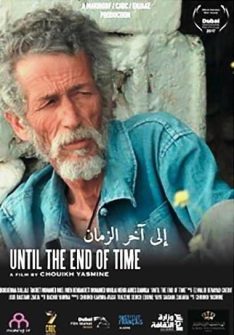
Why are they separate films? “I think when you see Djibril Diop Mambéty’s Touki Bouki, which is celebrated all over the world, you realise that Africans make films like everyone else, using the same techniques. We may have our own unique stories, but I don’t understand why they don’t have the same fame as others,” she points out.Kiné Sène highlights the variety that exists in different African filmographies. Senegalese cinema in particular stands out for its diversity and thematic evolution. From its first film in 1955, Afrique sur Seine, directed by Paulin Soumanou Vieyra and others, to the works of directors such as Ousmane Sembène – La noire de…, Moolade, etc., Senegalese cinema has explored a wide range of themes from colonisation and independence to contemporary problems.
“Today, there are also young women who bring something new. For example, they deal with the problems of the countryside, the peasants,” she recalls, highlighting the work of Ramata Toulaye Sy and her film Banel and Adama. The film tells the story of Banel and Adama, who are madly in love. The young couple live in a remote village in the north of Senegal and for them there is nothing else in the world. But their perfect, eternal love seems to be on a collision course with their family’s traditions when a drought hits their community.
The Diaspora
The diaspora also plays an important role in Senegalese cinema. Filmmakers such as Mati Diop explore the theme of migration and the experiences of young Africans abroad. Angèle Diabang’s Un air de Kora, which explores inter-religious relations through a love story between a Muslim girl and a Christian monk, has been praised by critics. The film won the 2019 FESPACO Bronze Poulain in the short film category.
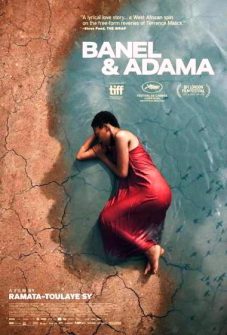
The conversation jumps from film to film, stopping at Jusqu’a à la fin des temps (Until the end of time) by Algerian director Yasmine Chouikh. “It is a very beautiful film about life and death. It’s the story of two sixty-year-olds who fall in love in a cemetery. It’s a funny and beautiful film that changes our perception of death. I will never forget it,” she says, after recommending a handful of other titles, mainly from her country.
“However, Senegalese cinema has recently had to face a difficult situation. Since 2021, but especially since the first months of 2024, political and social instability has had a significant impact on film production. It has affected us a lot, there have been no shootings or screenings,” says Kiné Sène, recalling that insecurity and fear of going out have paralysed previews and screenings, and even affected the famous Dakar Biennale of Contemporary Art, which had to be postponed.
International Cinema
“We often talk about African cinema, but there is no such thing as African or European cinema” argues the journalist. An continues: “It is the story that defines the dimension of the film. We live in a global world where all issues can be a challenge for anyone, in Africa or anywhere else”.Moreover, she insists, “the local can lead us to the global, and it is important that the particular stories of a territory are told and understood beyond its borders. The accessibility and popularity of cinema made in Africa has increased thanks to digital platforms. Currently, films from Nollywood and the Nigerian film industry are being seen across the continent.”
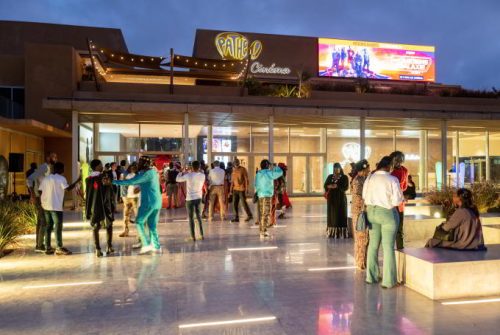
Senegal. The Pathé cinema on a session day in Dakar. Shutterstock/Pierre Laborde
Kiné Sène recalls how Senegalese television channels – she also mentions social networks – broadcast these stories all the time, even though “the magic of the cinema cannot be compared to what we see there, which are ephemeral things that pass quickly and are lost. When you watch a film, you learn something or it awakens emotions in you about a certain subject that the director wanted to show you through a film.”
“We can agree or disagree. But I believe that cinema serves to raise public awareness,” says the expert in African cinematography, whose productions, with their stories and quality, show that they should not only have a place in the general sections, but should also be considered essential to understanding the richness of global cinematic narratives. (Photo: FESPACO, the Pan-African Film and Television Festival in Ouagadougou. File swm)
Gonzalo Gómez



